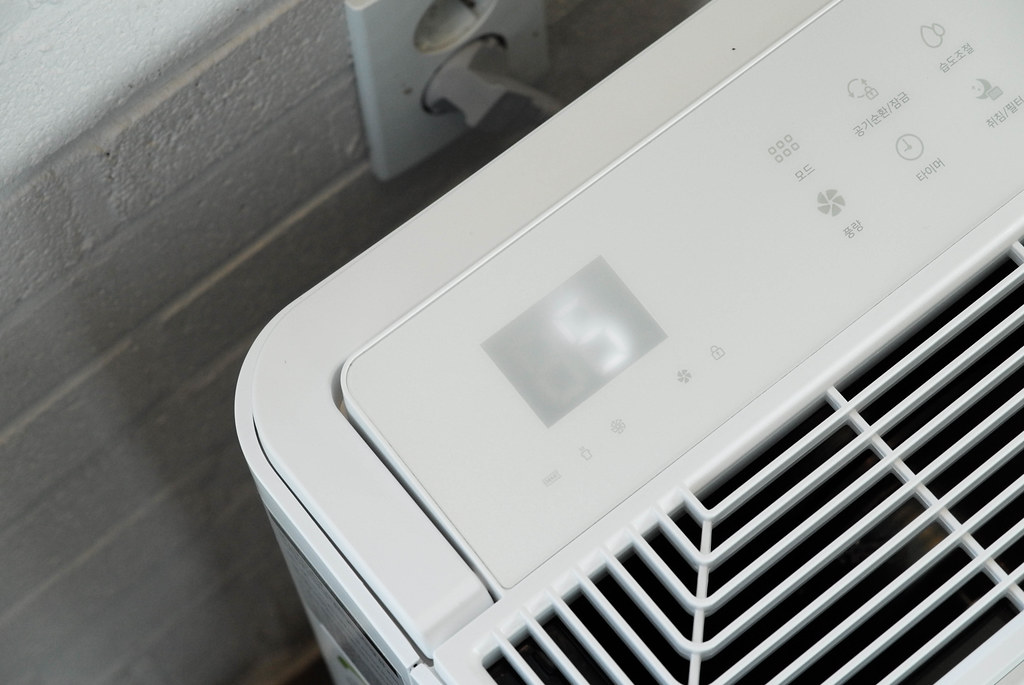Restoring Air Health: How Commercial-Grade Dehumidifiers at My Long Island Mold Removal Fight Mold Growth at the Source
June 16, 2025
When you control humidity levels, you directly impact indoor air quality and mold growth. By maintaining relative humidity below 50%, commercial-grade dehumidifiers effectively halt mold spore activity and prevent future outbreaks. Understanding how mold thrives in moist environments and using high-performance dehumidifiers, as done by My Long Island Mold Removal, is essential for safeguarding your space against mold and ensuring long-term air health.  Why Indoor Air Quality Depends on Humidity ControlExcess moisture in your home fuels mold growth, which greatly impacts indoor air quality and your respiratory health. High humidity levels create an ideal environment for mold, bacteria, and viruses to thrive, exacerbating allergies and other health issues. By maintaining relative humidity below 50%, you can halt mold spore activity and prevent future outbreaks, ensuring better air health and comfort. How excess moisture fuels mold growth and affects comfort and respiratory healthMold growth in your home is often the result of one critical factor: moisture. Excess moisture creates an ideal environment for mold spores to thrive, compromising indoor air quality and your respiratory health. Here are key points to evaluate:
Understanding Mold Growth and the Role of DehumidifiersWhen you use commercial-grade dehumidifiers to lower the relative humidity (RH) below 50%, you effectively disrupt mold growth at the microscopic level. This reduction in humidity makes it impossible for new mold colonies to form, as mold thrives in environments with RH above 60%. By maintaining this controlled humidity, you prevent the conditions that allow mold to proliferate in high-humidity zones like basements, crawlspaces, and attics. Lowering RH below 50% disrupts mold at the microscopic level and prevents new coloniesMaintaining a relative humidity (RH) below 50% is crucial for disrupting mold growth at its core. Using commercial-grade dehumidifiers and moisture control systems, you can effectively manage RH levels, preventing mold from thriving.
Maintaining Long-Term Protection With Post-Remediation Humidity ManagementTo maintain long-term protection against mold, you need to focus on continuous moisture control. Keeping your home’s relative humidity below 50% is essential, as levels above 60% can lead to mold growth. By using commercial-grade dehumidifiers and moisture sensors, you can guarantee that high-humidity zones like basements, crawlspaces, and attics remain dry, supporting a healthy home environment. Continuous moisture control prevents mold return and supports a healthy home environmentEffective mold remediation is only the first step; continuous moisture control is essential for preventing mold return and supporting a healthy home environment. Using commercial-grade dehumidifiers for basement humidity removal and other high-humidity areas guarantees long-term protection. Here are key benefits:
How My Long Island Mold Removal Uses High-Performance Dehumidifiers to Safeguard Your SpaceWhen you use high-performance dehumidifiers from My Long Island Mold Removal, you’re not just reducing humidity; you’re creating a tailored environment that prevents mold growth. These commercial-grade dehumidifiers are calibrated site-specifically to maintain relative humidity below 50%, halting mold spore activity. With smart sensors and long-term indoor air quality (IAQ) support, you guarantee a mold-free living space that protects your health and property. Site-specific calibration, smart sensors, and long-term IAQ support ensure mold-free livingUsing commercial-grade dehumidifiers with site-specific calibration is an essential step in maintaining a mold-free environment, particularly in high-humidity areas like basements, crawlspaces, and attics. Here’s how My Long Island Mold Removal guarantees your space remains healthy:
|
|